What are the top 10 Python Applications in the Real World?
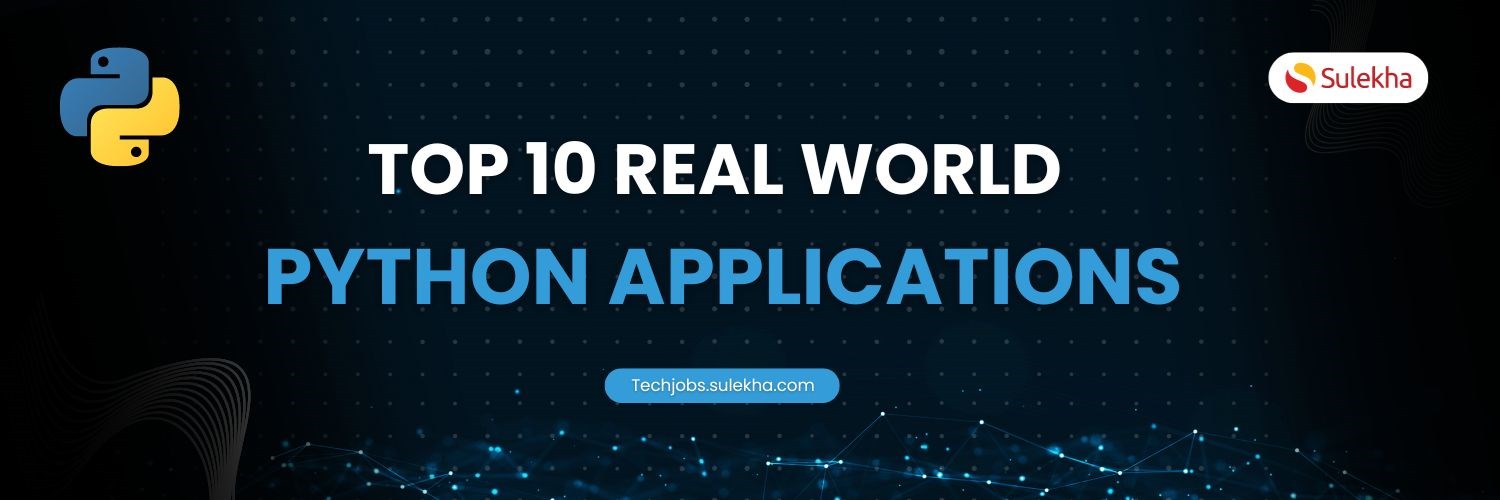
Python, a versatile programming language, finds extensive applications in various real-world scenarios. Python's flexibility and ease of use make it a popular choice among developers, from developing interactive games to creating virtual assistants. Let's delve into Python applications, focusing on the "Top 10 Python Applications in the Real World."
Python's Impact on Technical Advancement
Software plays a significant role in technical advancement by enabling the creation of innovative applications and tools that drive progress in various industries. Python is a versatile programming language that revolutionizes software development by providing various applications and tools that simplify complex tasks. Python's simplicity, ease of use, and vast community support make it a popular choice for developers. It is widely used in web and software development, cloud computing, artificial intelligence, machine learning, and data science.
Python's libraries, such as TensorFlow and PyTorch, enable developers to create and train machine learning models and neural networks, making it a leading language in AI and ML applications.
Python's versatility, extensive libraries, and vibrant community contribute to its unwavering popularity in modern technology, driving innovation and shaping the future of various industries.
Top 10 Python Applications in the Real World
Web development
Python is extensively used in web development due to its simplicity, enormous community support, and many libraries and frameworks like Django and Flask. These tools enable developers to efficiently create user-friendly, scalable, and SEO-friendly websites. Python's fast processing, multipurpose frameworks, testing capabilities, and complete development process handling make it a preferred choice for building web applications.
Major tech giants like Netflix, Google, and NASA actively utilize Python for web development, showcasing its versatility and effectiveness in creating robust web solutions.
Top Python frameworks for web development
Django: Rapid, clean web development with Python.
Flask: Lightweight Python framework for quick web apps.
FastAPI: Modern Python framework for high-performance APIs.
Pyramid: Flexible Python framework for web apps of any size.
Tornado: Asynchronous Python framework for scalable web apps.
Game Development
Python is a versatile programming language suitable for game development, particularly for 2D games, indie projects, and beginners. Its simplicity, extensive libraries, and compatibility with leading machine learning libraries make it a valuable tool for creating games with AI capabilities. Python's easy-to-understand syntax and abundant frameworks and libraries, such as Pygame, Pyglet, Kivy, and PyOpenGL, allow developers to efficiently create diverse and engaging games.
Top Python frameworks for Game development
Pygame: Used for creating games and multimedia applications with ease.
Pyglet: Cross-platform Python library for creating games and multimedia applications with OpenGL.
Arcade: Simple and modern Python framework for creating 2D games and graphical applications.
Kivy: Open-source Python framework for developing multitouch applications and user interfaces.
Data Science and Machine Learning
Python libraries are essential tools in data science and machine learning. They provide pre-written code, functions, and routines that simplify complex tasks. Some popular libraries include NumPy, Pandas, Scikit-Learn, TensorFlow, and Keras. These libraries enable data manipulation, analysis, predictive modeling, and deep learning. By mastering these libraries, data scientists can efficiently handle data, create models, and visualize results, ultimately leading to more accurate predictions and better decision-making.
Top Python frameworks for science and machine learning
Pandas – For data analysis and manipulation
NumPy – For complex mathematical functions and computation
Matplotlib and Seaborn – For data visualization
SciPy – For scientific and technical computing
Scikit-Learn – For operating with ML models
Keras – For Artificial Neural Networks in Deep Learning
TensorFlow – For Deep Neural Networks
Data Science and Data Visualization
Python libraries are fundamental in data science and visualization, offering diverse tools to handle, analyze, and present data efficiently. These libraries are the backbone for various data-related tasks, enabling professionals to work with complex datasets seamlessly. Some prominent libraries include:
Top Python frameworks for Data Science and Data Visualization
Matplotlib: Matplotlib supports the creation of static, animated, and interactive visualizations across different plot types like scatter plots, line plots, bar charts, histograms, and more.
Seaborn: Building on Matplotlib's functionality, Seaborn enhances visualizations by providing aesthetically pleasing and interactive graphs and charts that make data exploration engaging.
Pandas: A powerful library for data manipulation and analysis.
NumPy: Offers efficient multidimensional array manipulation and mathematical functions essential for data science calculations.
Desktop GUI
Python libraries are essential for creating desktop graphical user interfaces (GUIs). Some popular libraries for building desktop applications and GUIs include Tkinter, PyQt, Kivy, wxPython, Bottle, and PyGUI. These libraries offer different capabilities and licensing options, making them suitable for various projects and requirements. Tkinter is the default Python GUI library bundled with Python on Windows and macOS.
Top Python frameworks for Desktop GUI
Tkinter: Python's standard GUI toolkit known for its simplicity and ease of use.
PyQt: Python bindings for the Qt application framework, offering robust features and cross-platform compatibility.
PyGTK: Python bindings for the GTK+ toolkit, providing a flexible GUI development environment.
wxPython: A wrapper for the wxWidgets C++ library, enabling native-looking GUI applications.
Kivy: An open-source Python framework for developing multitouch applications for desktop and mobile platforms.
Web Scraping Applications
Python libraries are extensively used in web scraping applications due to their robustness and flexibility. Libraries like BeautifulSoup and Scrapy facilitate the efficient parsing of HTML and extracting desired data.
Top Python frameworks for Web Scraping Applications
Scrapy: Powerful framework built for web scraping, ideal for complex sites and large projects.
Beautiful Soup: Easy-to-use library for parsing HTML/XML, great for data extraction.
Requests: Sending HTTP requests (downloading web content) is simple and efficient.
Business Applications
Python libraries play a significant role in various business applications, offering multiple functionalities to streamline operations and enhance productivity.
Top Python frameworks for Web Scraping Applications
Pandas: A powerful library for data manipulation and analysis.
NumPy: Enabling efficient data manipulation and analysis.
TensorFlow: A library for deep learning and neural networks, TensorFlow allows developers to build and train complex models for tasks such as image recognition, natural language processing, and predictive analytics.
Matplotlib: A plotting library, Matplotlib provides tools for creating static, animated, and interactive visualizations, making it suitable for data visualization and presentation.
Audio and Video Applications
Python libraries are utilized for audio and video applications due to their versatility, ease of use, and extensive capabilities. Libraries like PyDub, Librosa, and OpenCV provide functionalities for processing audio and video files, including reading, writing, editing, and analyzing tasks.
Top Python Frameworks for Audio and Video Applications
PyDub is a simple and easy-to-use library for manipulating audio files, including tasks such as cutting, concatenating, and applying effects.
Librosa is a library for audio and music analysis, providing tools for feature extraction, beat tracking, and audio visualization.
OpenCV: A popular computer vision library that includes functionalities for reading, writing, and processing video files, as well as tasks like object detection and tracking.
MoviePy is a Python library for video editing and movie manipulation. It allows for tasks such as video concatenation, resizing, and applying effects.
TensorFlow and PyTorch are deep learning frameworks for advanced audio and video processing tasks, such as speech recognition, emotion detection, and video classification.
CAD Applications
Python libraries are utilized in CAD applications for their versatility and extensibility, allowing developers to automate repetitive tasks, customize workflows, and integrate with other software tools. Libraries like PyAutoGUI enable the automation of GUI interactions, while NumPy and SciPy offer advanced mathematical and scientific computing capabilities that are useful for simulation and analysis tasks. Additionally, libraries such as PyQt and PySide provide bindings for building custom CAD interfaces and plugins, enhancing user experience, and extending functionality. Python's ease of use and extensive ecosystem of libraries make it a valuable tool for improving productivity and extending the capabilities of CAD applications.
Embedded Applications
Python libraries are increasingly used in embedded applications due to their versatility, ease of use, and rich ecosystem. Libraries like MicroPython and CircuitPython provide lightweight versions of Python tailored for microcontrollers, enabling rapid prototyping and development. Additionally, libraries such as PySerial facilitate communication between Python scripts and embedded devices via serial ports, while GPIO libraries like RPi.GPIO enables interaction with GPIO pins on single-board computers like the Raspberry Pi. With Python, developers can leverage its high-level syntax and extensive libraries to streamline embedded development, making it accessible to a wider range of enthusiasts and professionals alike.
In conclusion, Python's versatility, ease of use, and a robust ecosystem of libraries make it a top choice for a wide range of real-world applications. From web development to data science, artificial intelligence to game development, Python empowers developers to create innovative solutions across various industries. Its simplicity and readability make it an excellent language for education and training. As technology evolves, Python's adaptability ensures its continued relevance and prominence in the ever-changing software development landscape.
Find a course provider to learn Python
Java training | J2EE training | J2EE Jboss training | Apache JMeter trainingTake the next step towards your professional goals in Python
Don't hesitate to talk with our course advisor right now
Receive a call
Contact NowMake a call
+1-732-338-7323Take our FREE Skill Assessment Test to discover your strengths and earn a certificate upon completion.
Enroll for the next batch
Python Programming Hands-on Training with Job Placement
- Dec 15 2025
- Online
Python Programming Hands-on Training with Job Placement
- Dec 16 2025
- Online
Python Programming Hands-on Training with Job Placement
- Dec 17 2025
- Online
Python Programming Hands-on Training with Job Placement
- Dec 18 2025
- Online
Python Programming Hands-on Training with Job Placement
- Dec 19 2025
- Online
Related blogs on Python to learn more
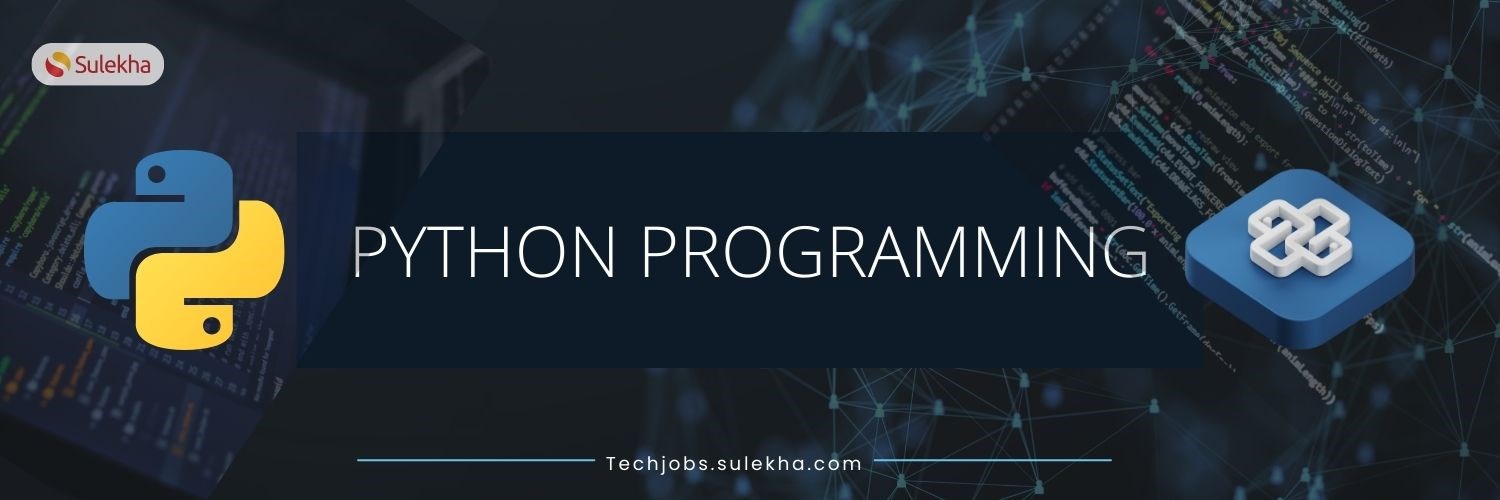
PYTHON PROGRAMMING
Discover Python, a versatile programming language ideal for web development, data analysis, and machine learning. Learn its easy syntax and extensive libraries to unlock a world of career opportunities in tech.
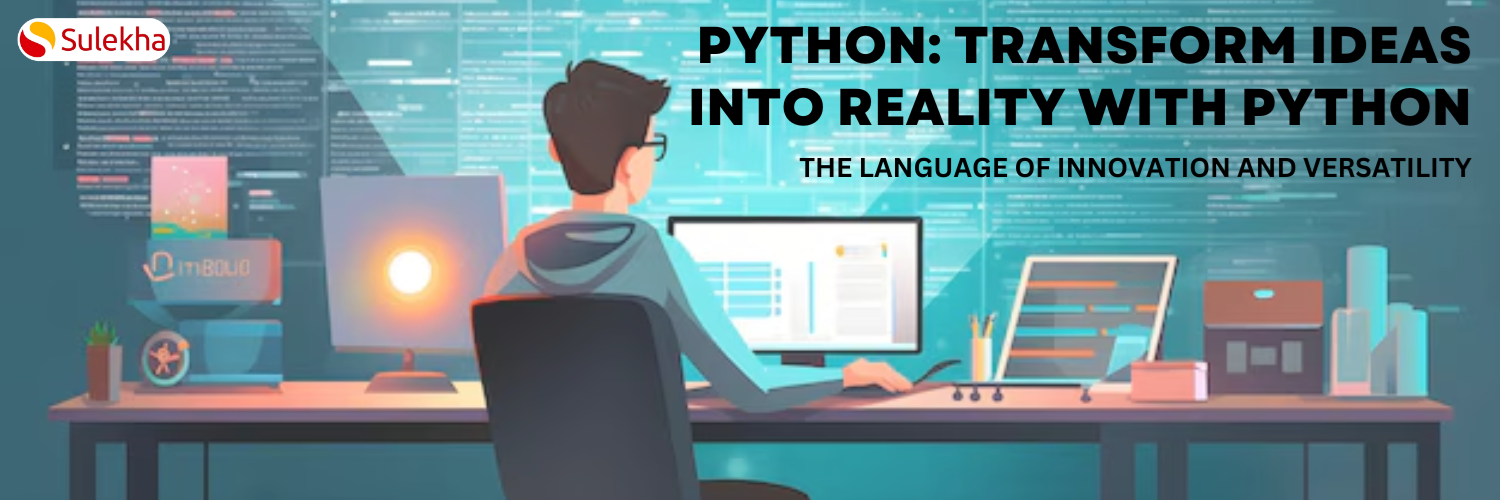
Python: The Language of Innovation and Versatility
"Master Python with Sulekha Tech Courses and boost your tech career. Find expert-led training in the USA and Canada for roles like Data Scientist and Machine Learning Engineer, and start your journey to innovation today."
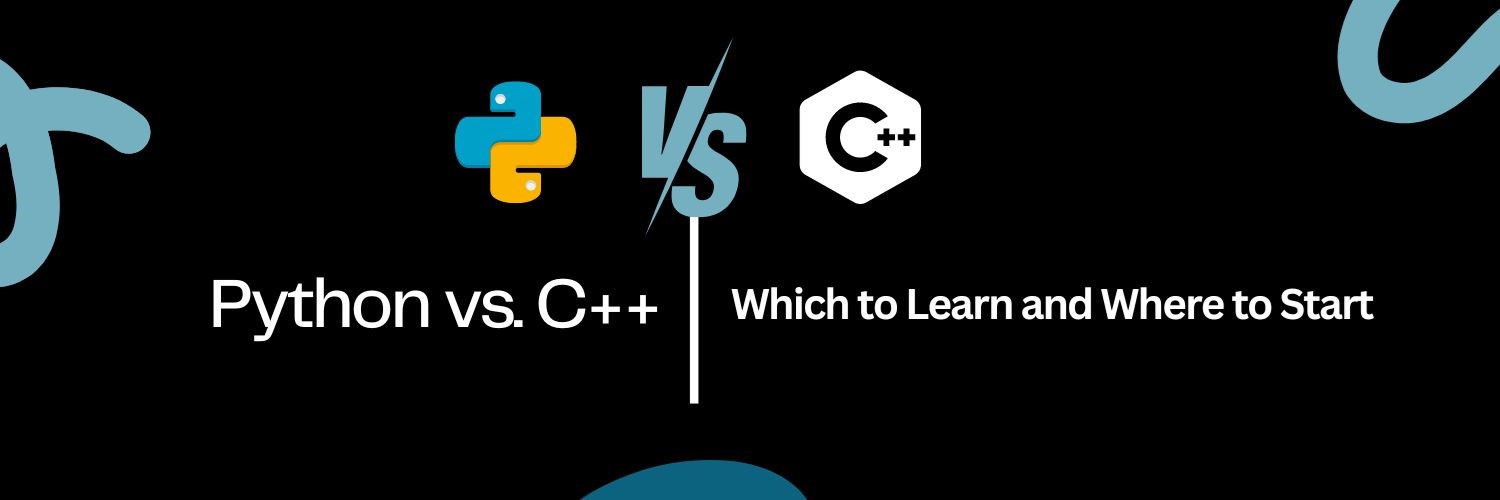
Python vs. C++: Which to Learn and Where to Start
Compare Python and C++ programming languages, learn which language is best for your needs and where to start your programming journey, with tips on getting started and resources for further learning.

Top 8 DevOps Programming Languages That You Must Know
Top 8 DevOps programming languages that every DevOps engineer should know. From Python to PHP, learn the essential skills for automating and streamlining software delivery."
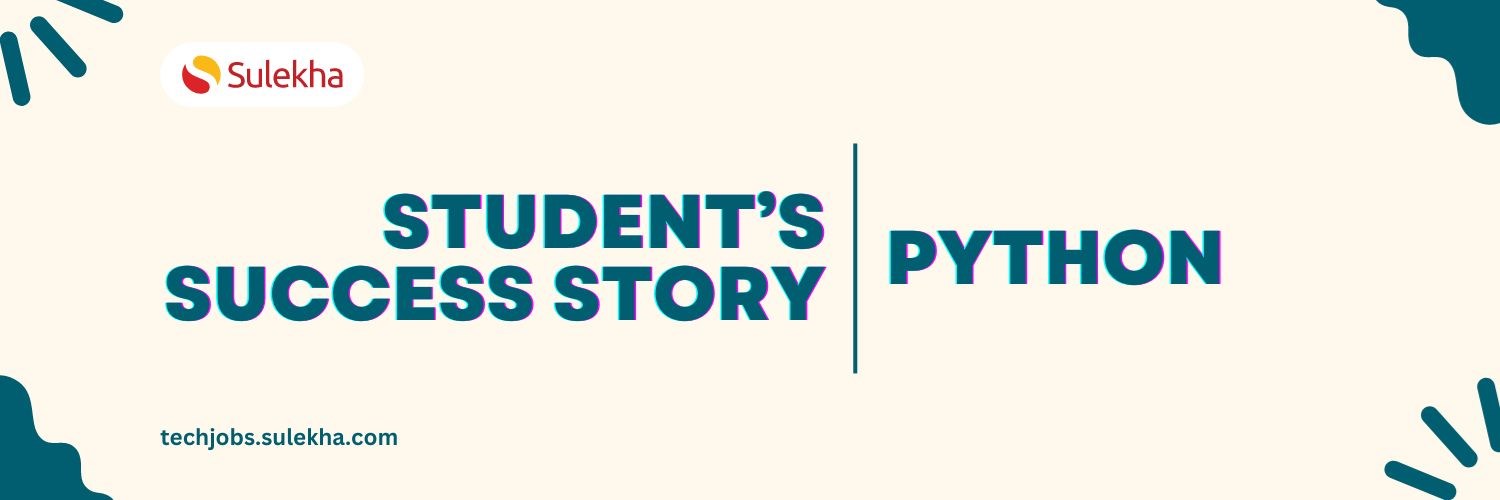
How did I successfully complete Python course?
Embark on a journey of student’s success story in Python programming, uncovering stories of resilience, growth, and achievement. Be inspired by their transformative experiences, unwavering dedication, and remarkable successes in mastering Python and

Ruby vs. Python: Pros, Cons, and Where to Start
Ruby vs. Python: Pros, Cons, and Where to Start Learning a programming language is helpful as it opens up numerous career prospects in the ever-growing technology field. Whether it is software development, web development, data science, or artificia
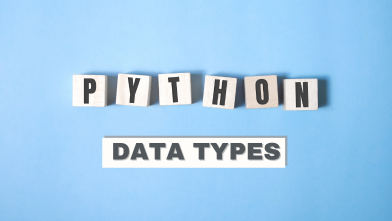
Data Types in Python for Data Science Applications
Python is a multipurpose programming language that finds applications across various domains. Its simplicity and flexibility make it a popular choice for web development, where frameworks like Django and Flask enable the creation of dynamic websites.
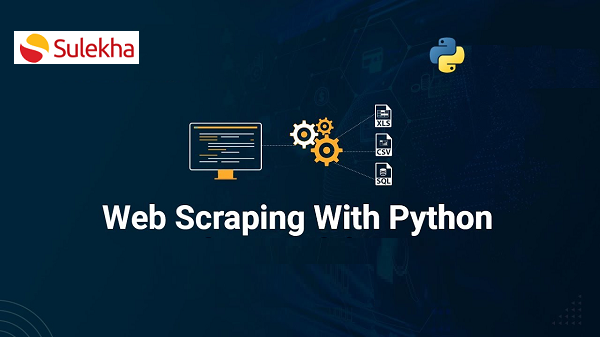
How to Build a Data Web Scraper Tool with Python
Web scraping involves processes to extract data from websites. This process is often performed using software that can simulate a user's actions on a website.
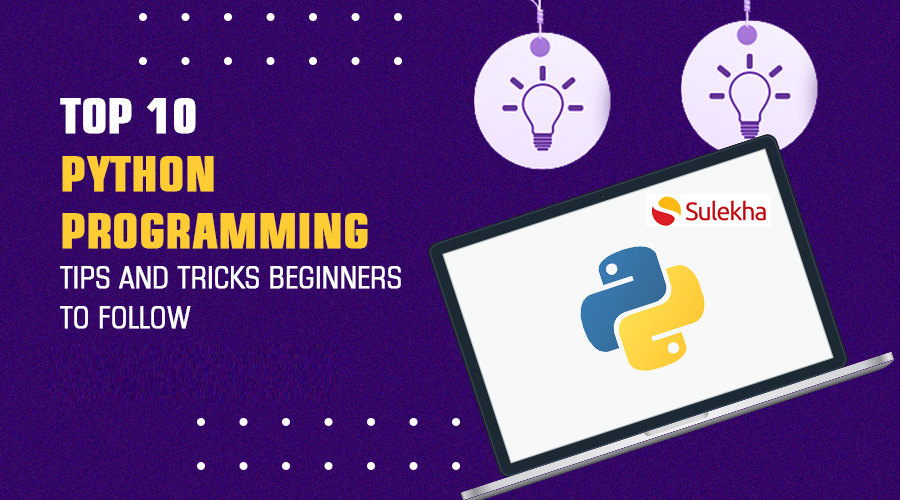
10 Python Tips and Tricks for Efficient Coding
Introduction
Latest blogs on technology to explore

From Student to AI Pro: What Does Prompt Engineering Entail and How Do You Start?
Explore the growing field of prompt engineering, a vital skill for AI enthusiasts. Learn how to craft optimized prompts for tools like ChatGPT and Gemini, and discover the career opportunities and skills needed to succeed in this fast-evolving indust

How Security Classification Guides Strengthen Data Protection in Modern Cybersecurity
A Security Classification Guide (SCG) defines data protection standards, ensuring sensitive information is handled securely across all levels. By outlining confidentiality, access controls, and declassification procedures, SCGs strengthen cybersecuri

Artificial Intelligence – A Growing Field of Study for Modern Learners
Artificial Intelligence is becoming a top study choice due to high job demand and future scope. This blog explains key subjects, career opportunities, and a simple AI study roadmap to help beginners start learning and build a strong career in the AI

Java in 2026: Why This ‘Old’ Language Is Still Your Golden Ticket to a Tech Career (And Where to Learn It!
Think Java is old news? Think again! 90% of Fortune 500 companies (yes, including Google, Amazon, and Netflix) run on Java (Oracle, 2025). From Android apps to banking systems, Java is the backbone of tech—and Sulekha IT Services is your fast track t

From Student to AI Pro: What Does Prompt Engineering Entail and How Do You Start?
Learn what prompt engineering is, why it matters, and how students and professionals can start mastering AI tools like ChatGPT, Gemini, and Copilot.

Cyber Security in 2025: The Golden Ticket to a Future-Proof Career
Cyber security jobs are growing 35% faster than any other tech field (U.S. Bureau of Labor Statistics, 2024)—and the average salary is $100,000+ per year! In a world where data breaches cost businesses $4.45 million on average (IBM, 2024), cyber secu

SAP SD in 2025: Your Ticket to a High-Flying IT Career
In the fast-paced world of IT and enterprise software, SAP SD (Sales and Distribution) is the secret sauce that keeps businesses running smoothly. Whether it’s managing customer orders, pricing, shipping, or billing, SAP SD is the backbone of sales o

SAP FICO in 2025: Salary, Jobs & How to Get Certified
AP FICO professionals earn $90,000–$130,000/year in the USA and Canada—and demand is skyrocketing! If you’re eyeing a future-proof IT career, SAP FICO (Financial Accounting & Controlling) is your golden ticket. But where do you start? Sulekha IT Serv

Train Like an AI Engineer: The Smartest Career Move You’ll Make This Year!
Why AI Engineering Is the Hottest Skillset Right Now From self-driving cars to chatbots that sound eerily human, Artificial Intelligence is no longer science fiction — it’s the backbone of modern tech. And guess what? Companies across the USA and Can

Confidence Intervals & Hypothesis Tests: The Data Science Path to Generalization
Learn how confidence intervals and hypothesis tests turn sample data into reliable population insights in data science. Understand CLT, p-values, and significance to generalize results, quantify uncertainty, and make evidence-based decisions.